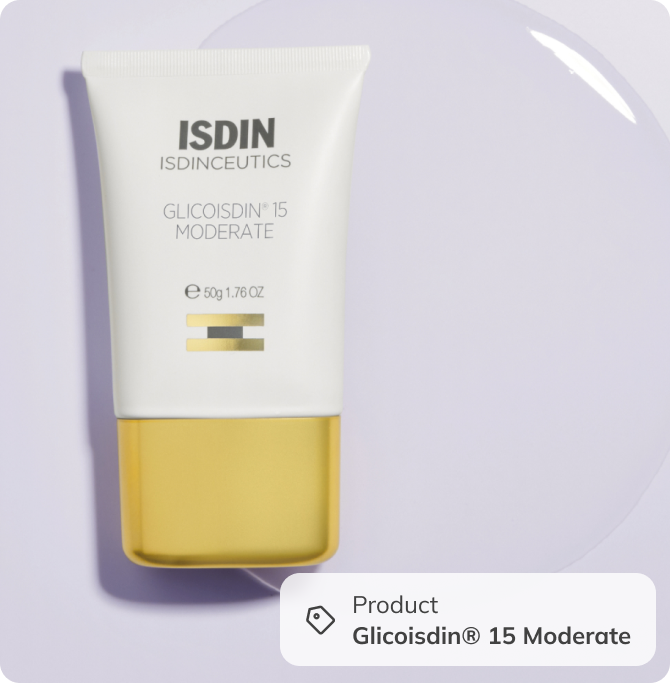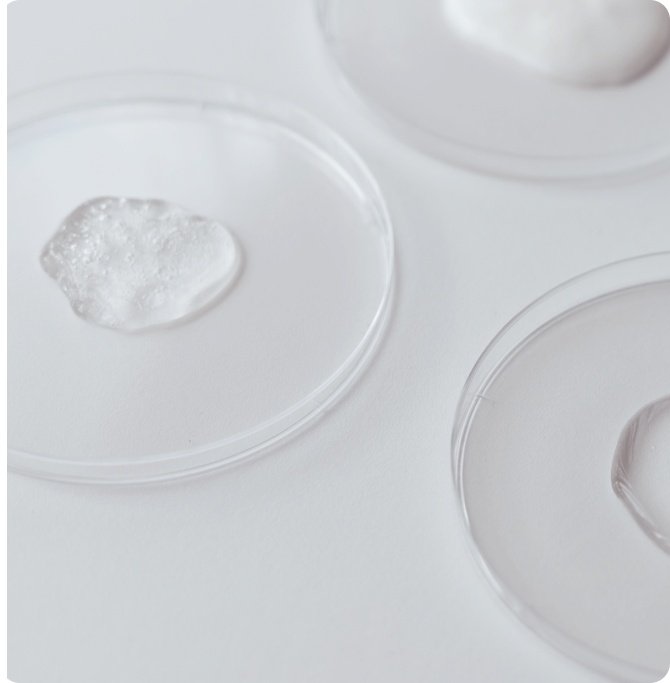Sugarcane and healthy, beautiful skin—what could these two possibly have in common? Turns out, this plant doesn’t just sweeten things up, it also brings us dermatologist-favorite skincare ingredient glycolic acid.
A natural-origin powerhouse, glycolic acid in skincare is known for its brightening, smoothing, and unifying qualities. Join us as we explore what makes it so special, the many benefits of glycolic acid, and how to use it safely and effectively in your routine.
The journey to radiant skin starts now—ready to come along?
THE BASICS
GLYCOLIC ACID
WHAT IT IS: An alpha-hydroxy acid (AHA) derived from sugarcane.
WHAT IT DOES: This exfoliant helps support skin turnover, improve texture, add brightness, and balance out oil levels.
WHO IT’S FOR: Depending on the concentration, glycolic acid can be gentle enough for all skin types. But it’s best to start slow and consult your dermatologist.
HOW TO USE IT: Use it at night on clean, dry skin via serum, cream or gel formulas.
GOES WELL WITH: Hyaluronic acid, niacinamide, bakuchiol
DON’T MIX WITH: Space out the use of vitamin C products (opt for vitamin C in the morning and glycolic acid at night). As for retinal, consider alternating nights using the skin cycling method.
TRY IT IN: Glicoisdin®
What is glycolic acid?

Among all AHAs, glycolic acid is one of the most popular—and for good reason. With the smallest molecular size of its group, it can easily sink into your skin and deliver powerful effects.
How glycolic acid works
- As an exfoliant: It works on the stratum corneum, the skin’s outermost layer, to loosen and dissolve bonds between dead cells. Exfoliation with glycolic acid promotes gentle renewal to reveal a fresh, renewed complexion.
- As a skin renewer: Science shows that glycolic acid supports skin’s collagen matrix, helping to smooth the look of fine lines and wrinkles. The result? Firm, uniform skin.
- As a brightener: By enhancing skin turnover, it helps fade dark spots, reduce dullness, and improve overall tone—even supporting oilier skin types prone to breakouts.
Even better? This multitasker can offer all of the above at once. Glycolic acid is customizable—using higher or lower concentrations can help you focus on one skin benefit or multiple.
What concentration of glycolic acid is right for you?
Different percentages of free glycolic acid can provide different results—from gentle chemical exfoliation to more intensive resurfacing. Here are the specifics:

Light concentrations
Formulas with less than 4% glycolic acid are great for beginners or those with dry or sensitive skin. They help to increase hydration, softness, and luminosity with minimal irritation risk.
Moderate to intense concentrations
Higher concentrations can offer more dramatic visible improvements. But remember to increase gradually to support your skin barrier.
8–10% glycolic acid: Best for experienced AHA users who want to help reduce the appearance of aging, discoloration, and pores.
4–8% glycolic acid: A moderate strength ideal for renewing skin texture and targeting uneven tone.

How to introduce glycolic acid into your skincare routine
Wondering how to use glycolic acid while minimizing discomfort? Regardless of your skin type or skincare goals, it’s always best to start low and slow. As your skin gets used to glycolic acid, you can opt for a higher concentration (if needed).
No matter where you begin, the key is consistency, balance, and sun protection. Following these three tips, you can feel confident in adding glycolic acid to your nighttime skincare routine with ease:

1. Start with a clean base
Always apply glycolic acid to clean, dry skin. A gentle oil-to-milk cleanser helps clear away dirt and makeup while keeping skin hydrated—the perfect prep for actives.
2. Be mindful when mixing
Although it can be gentle enough for sensitive skin, glycolic acid is still an acid. And as with any other ingredient, some combinations are better to avoid.
A simple rule? Leave out other products featuring strong acids, such as salicylic or lactic acid. When it comes to retinoids, alternate evenings for best results.
In terms of easy allies, products with hyaluronic acid, aloe vera, or vitamin E can help keep skin feeling calm and moisturized.


3. Use at night—with sunscreen the next day
High SPF sunscreen is essential in any routine, whether it includes exfoliation or not. However, it’s all the more important when using glycolic acid since it can make your skin more sensitive to the sun’s rays.
Always apply a broad spectrum sunscreen the next morning (and reapply as needed) to help defend against sun damage, dark spots, and uneven tone—keeping that healthy glow.
Your questions answered
Can glycolic acid damage the skin?
Not when used correctly. At the right concentrations and frequencies, glycolic acid is an ideal ingredient—but overdoing it or using too high a concentration can lead to dryness or irritation.
If you start slow, check in with your dermatologist regularly, and use sunscreen daily, you should be all set.
Who is it suitable for?
Glycolic acid is a friend to all skin types (when used in the right amount). Look for customized formulas targeted towards your skin type and needs.
For sensitive skin, gentle glycolic acid products featuring vitamin E can help to soothe and protect. With more intense products, look for formulas including aloe vera to help calm the effects of higher acid concentrations.
How often should I use glycolic acid?
It depends on the strength of the formula and your skin’s tolerance. Start with 2–3 times per week at night, and build up as needed. Listen to your skin and consult an expert when in doubt.
Is glycolic acid or retinal better?
Both are great choices depending on your skin goals. Glycolic acid smoothes and brightens while retinal (a vitamin A derivative) works hard to improve firmness and fine lines. The good news? You can use both, but alternating days is best to avoid going overboard.
Love the skin you’re in

Whether you’re exfoliating, brightening, or simply building your routine with care—glycolic acid is a powerful tool to support your skin’s natural renewal.
And remember: your skincare journey is uniquely yours. Be gentle with your skin. Give it time, nourishment, and the attention it deserves. It’s not about perfection—it’s about feeling good.
Because at the end of the day, happy, healthy skin is beautiful skin.


